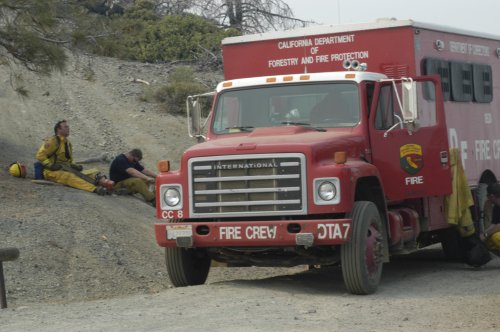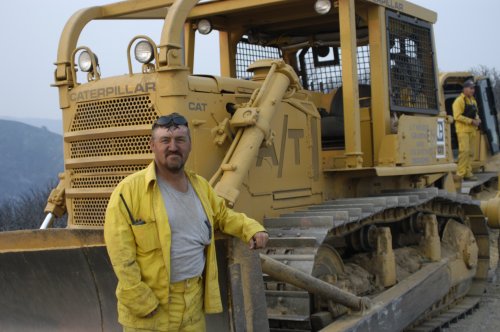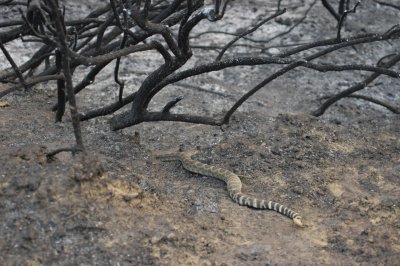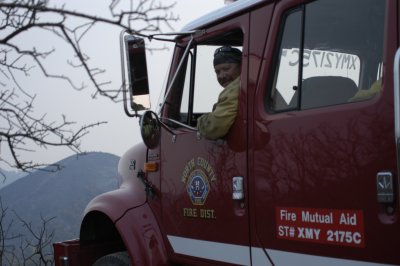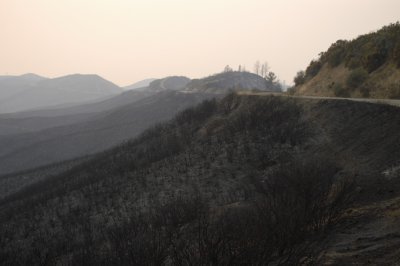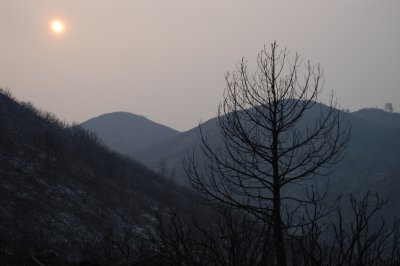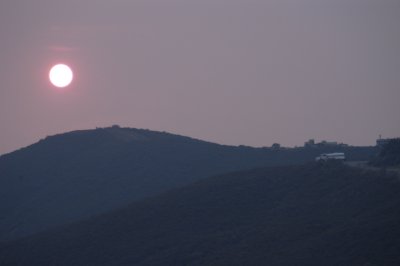- Ross A. Christensen
- Posted On
Foodie Freak: Capon versus chicken
However your typical broiler/fryer chicken in your grocery store doesn’t get that chance. It has lived only between 6 and 10 weeks before it was processed (translate – “slaughtered”). That’s right, it isn’t even old enough to celebrate a three-month anniversary.
This is not only economical for chicken ranchers so they don’t have to feed a critter for years before sale and profit, but it raises the chicken to the perfect size for frying, and the consumer gets the benefit of a young healthy animal that wasn’t on this earth long enough to pick up toxins and disease. This last particular fact is why I collect chicken livers over a brief period and make liver and onions with them rather than with the traditional beef livers. They have a cleaner and more delicate flavor than beef liver.
Capons, however, are something else. To be precise, a capon is a castrated rooster. He got to live a long life (minimum of 16 weeks), and as he did he got fatter, bigger and actually tastes more “chickeny” than the broiler/fryer.
Since you are what you eat and chicken feed is largely soy-based, the broiler/fryer only gets the opportunity to taste like tofu. However, the average capon gets a more diverse feed including free range forage, so they have the opportunity to develop more flavor.
Capons are something you have to try not only for the flavor but for the cheap price, and the fun in telling your family dinner is a chicken eunuch. Capons are typically castrated between 3 to 6 weeks old but can be done well up to 20 weeks. The process makes them more docile, and they can even be used to act as surrogate mothers for chicks (why do my articles always seem to end up talking about chicks in some way or another? Be quiet, that was rhetorical). It also causes them to put on weight more than average and become less active (translate – couch potatoes). I guess you can say that castration turns roosters into middle-aged married men (too ... many ... jokes ... entering ... brain ... at ... one time!).
You can find capons in most major grocery stores in the frozen meats area. Look around where the frozen turkeys, ducks and geese are kept. Capons are larger than a chicken but smaller than a turkey. Due to having been on this planet longer, being castrated and having nothing to do, capons are massive beasts and are really fatty. This makes them poor candidates for frying because by the time the meat is fully cooked the skin is burned. This high fat content also makes them “self basting” and so they hold up well to long, slow cooking methods. Because of this, in the past capons were called “stewing hens” or “roasting chickens.”
I prefer to buy a capon (usually one a month), thaw them and butcher them myself into parts. The breasts are massive so you can actually cut one of them in half and serve two people with it. Since the capon is fuller-flavored you can make better-tasting dishes, and since they are larger they are easier to work with.
It’s almost a treat to make Chicken Kiev or Chicken Cordon Bleu because the breasts are large and easy to work with. The thighs are easy to de-bone and put on skewers to make yakitori. The larger wings I save and make impressively massive Buffalo wings (see recipe below). When I’m finished dismembering the capon, I pick the carcass clean of scraps and throw them to the cats and the bones go into the soup pot. The offal is turned into gravy or cat food. Yeah, my wife has really spoiled cats. Many people want to die and come back as one of my wife’s cats.
The other thing about capons is that they’re cheap, typically right about $2 a pound. One capon will typically feed eight people. We are talking about a cheap, more flavorful “alternative” to chicken, even though they are chicken. If you are broiling or frying a chicken then “broiler/fryers” are the thing to get, but if you have other plans then reach for the capon.
You’ve read previously about my love of spicy foods. Well here is my ultimate-yet-simplified recipe for Buffalo wings that I am particularly proud of. The sauce is thick, smooth and clings perfectly to the wings.
Buffalo wings
Ingredients
4 dismembered capon wings minimum (making eight winglets, use more if you got them)
¼ cup sriracha sauce (available in the Asian section of your grocery store)
6 tablespoons melted butter
I prefer to pan fry the wings until done. This allows me them to get a nice crispy skin and I can control the temperature myself. You can deep fry them if you prefer.
Meanwhile mix the melted butter and sriracha. Toss the cooked capon wings in the sauce. Serve. Have something cold to drink (and lots of it) nearby.
Ross A. Christensen is an award-winning gardener and gourmet cook. He is the author of "Sushi A to Z, The Ultimate Guide" and is currently working on a new book. He has been a public speaker for many years and enjoys being involved in the community.
{mos_sb_discuss:4}

 How to resolve AdBlock issue?
How to resolve AdBlock issue? 